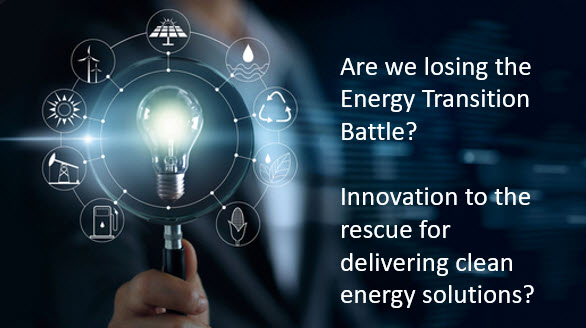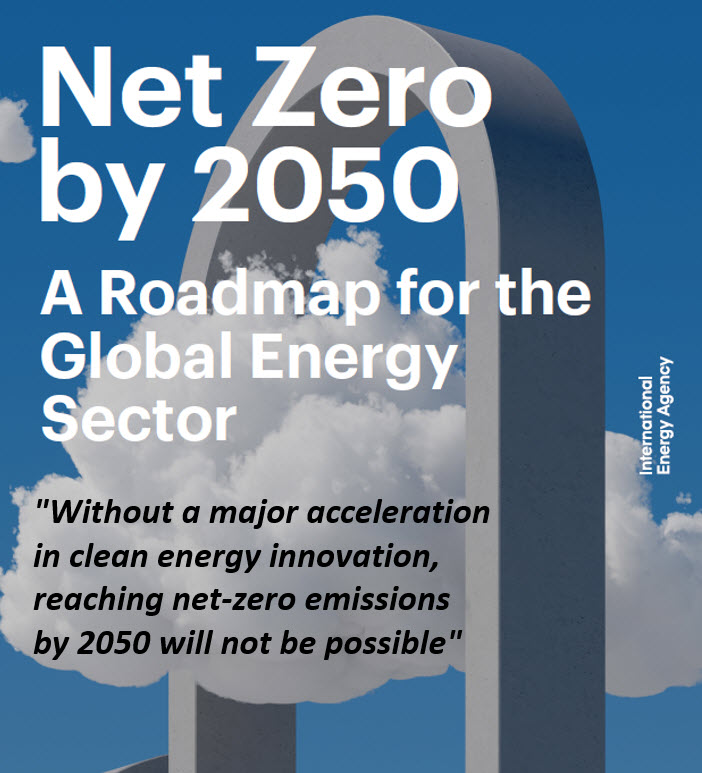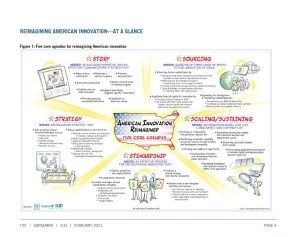
I am on a personal mission to convince innovation software providers, corporations and innovators to change how they undertake innovation.
In some recent posts, I argued that we need to adopt a broader innovation ecosystem thinking and design. I stated in one recent post, “We must promote more dynamic environments and the constant desire that organizations and their people have to be fit for innovating purposes, adaptive and fluid in such highly challenging and confusing times.”
I do think we need to restate the current barriers to innovation.
These barriers do not ‘magically’ change by delivering what I believe moves us to a better system for innovation, that of an ecosystem and platform architecture. Still, barriers do need to be consciously built into any new thinking as ones “to be resolved” in any new solution design.
Recognizing the present and ongoing barriers to innovation needs solutions to be built into any future design. Let me outline many of these here, building further the case for necessary change.
Today most organizations have barriers towards creativity, ideas and innovation.
Continue reading “Barriers to innovation, the cause and effect.”
 The growing fears are that we are falling behind the need to meet the Energy Transition required goals to the World has agreed to by 2050, set to meet the Paris Climate Agreement.
The growing fears are that we are falling behind the need to meet the Energy Transition required goals to the World has agreed to by 2050, set to meet the Paris Climate Agreement.



